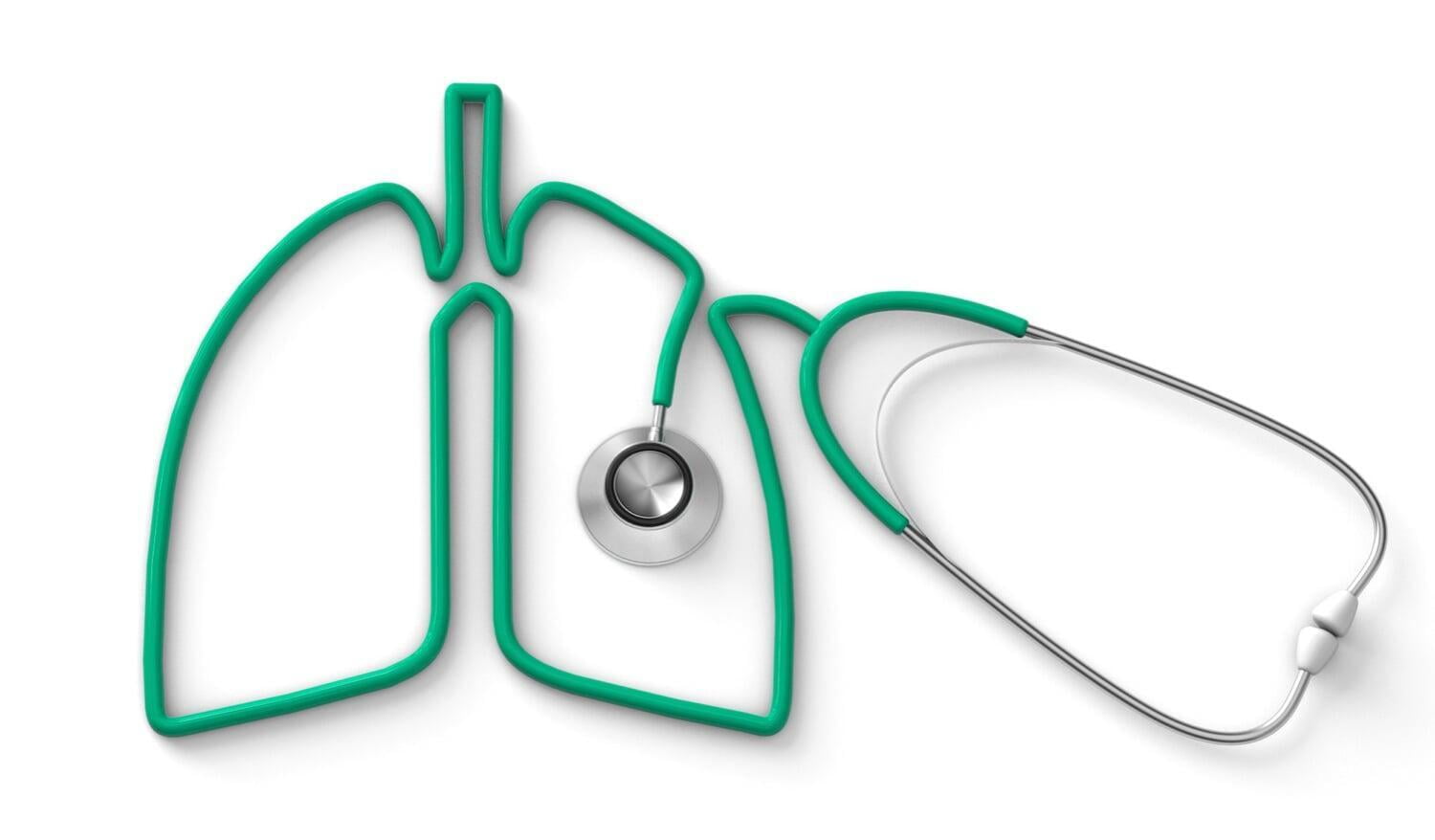By Claudio López Bruzual M.D.
By Claudio López Bruzual M.D.
Chronic Obstructive Pulmonary Disease (COPD)is the seventh leading cause of death globally. Moreover, in 2014 it was estimated that, in the United States, this disease was the fourth cause of mortality with a rate of 39.1 deaths per 100,000 individuals; of them, 44.3 were males and 35.6 females.

As you know, the effects of this problem are devastating for patients on a physical, emotional, and economic level. Comorbidities, such as osteoporosis and cardiovascular problems that affect the patient's (and their family's) life, often occur, leading to depression. And on the economic side, it is estimated that the costs, direct and indirect, for the U.S. health system reach 36 billion dollars annually.
This makes it clear that having a good management of this disease results in an enormous improvement in the well-being of patients, the hospital system, society and for you, as a health professional. Unfortunately, one of the most useful and effective tools to achieve this is often undervalued, and therefore underused: spirometry.
Advantages of spirometry in the treatment of COPD
Advantages of spirometry in the treatment of COPD
The Global Initiative for Chronic Obstructive Lung Disease (GOLD), in its 2020 report, emphasizes how important it is that the first contact physician to be able to detect the disease to immediately refer the patient, so the specialist can provide appropriate treatment and management of COPD on time.
As you know, individuals who require spirometry for diagnosis/evaluation of their pulmonary function are as follows:
- Patients with recurrent respiratory events. For example, acute bronchitis, undertreated flu, chronic coughs, or people with excessive sputum production.
- Patients with a history of exposure to risk factors. That is, smokers, former smokers, passive smokers, patients with alpha-1-antitrypsin deficiency and occupational exposuretodust, vapors, organic and chemical materials.
- Subjects with limited physical activity due to dyspnea.
- People with a family history of COPD.
The fact that the first contact physician indicates routine spirometry or, as the case may be, body plethysmography, speeds up diagnosis, which is vital in the long term for assessing response to treatment, medication adjustment, and monitoring disease progression.
A relationship between FEV1/FVCperformed 15 minutes after inhalation of a Short-Acting Beta-Agonist SABA bronchodilator (salbutamol, albuterol)<0.70 confirms the existence of a persistent or fixed limitation to airflow. And this can only be known with certainty by spirometry.
The ravages of late COPD diagnosis
The ravages of late COPD diagnosis
Despite the recommendations of various international organizations, spirometry remains underutilized in primary clinical practice. In general, its limited use is attributed, on the patient’s side, to ignorance about the benefit of the early diagnoses of the disease, to lack of time and/or resources. Or to the lack of familiarity with the technique and interpretation process on the side of the primary care physicians.
Although patients may be referred to the specialist for diagnosis, follow-up in those circumstances will always be limited due to late detection. By the time COPD is diagnosed, the patient has already gone through incorrect treatments or has already lost valuable time that may have improved the prognosis and management of the disease.
Reference: https://www.ncbi.nlm.nih.gov/pmc/articles/PMC7886101/




